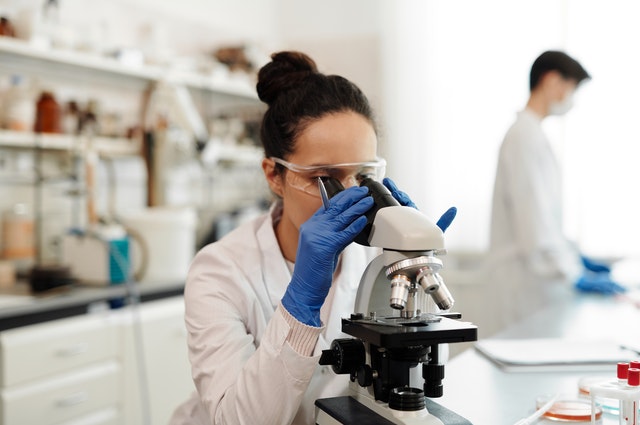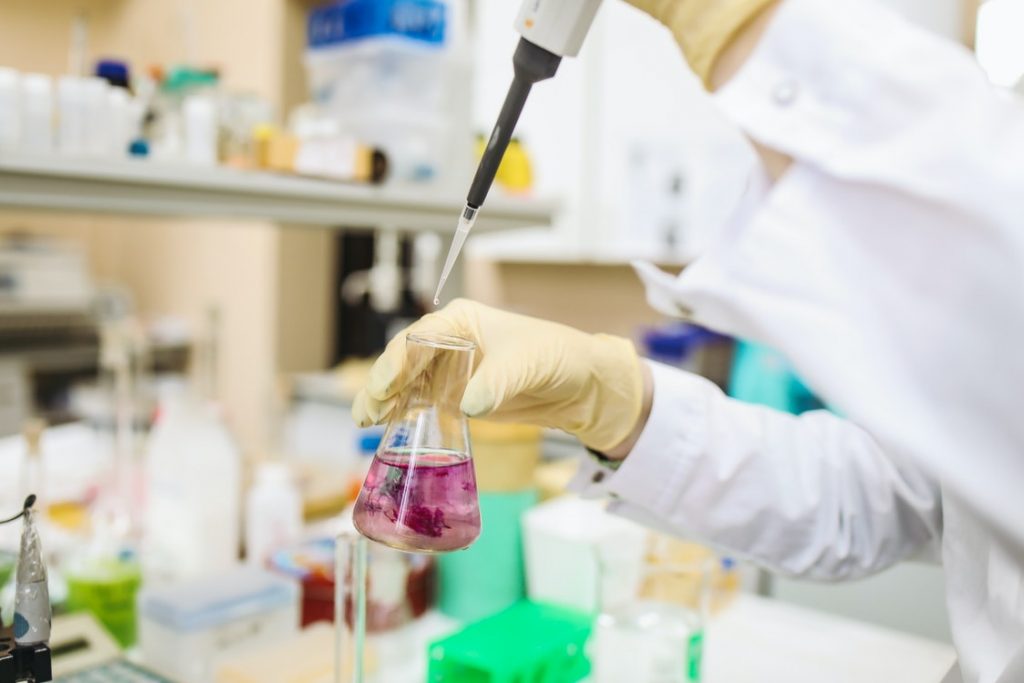The first step to minimizing biosecurity risks is to assess the risk. Once the risk has been assessed, you should decide how to treat it. Consider the context of the problem, the potential impact on other stakeholders, and your tolerance level for the risk.
It is often a matter of judgment. You can identify the problems and refine your plan. If you suspect an animal might have an infectious disease, quarantine it and take steps to prevent it from being transmitted.
The next step is to determine which pathogens pose the greatest risk. For example, some pathogens are highly contagious, so you must know how to limit their introduction. This means understanding how they are likely to spread on your farm.
It is important to remember that not all routes are equally important, so focus on the most common routes of transmission. Some of the most critical routes include animal-to-human contact, contaminated equipment, and livestock shows.

There are laboratory testing services that help you assess and create a biosecurity plan. An example is Asure Quality biosecurity services.
Develop an Effective Biosecurity Plan
Once you have identified which pathogens are most dangerous to humans, you can begin developing an effective biosecurity plan. Many states have biosecurity guidelines, and a well-designed biosecurity plan will protect both your animals and your business.
In addition, the risks of diseases have been increasing in recent years, so it is essential to develop strategies to prevent outbreaks. There are also numerous ways to reduce the risk of new outbreaks of disease, including limiting access to infected feed.
When planning a biosecurity plan, you should consider the potential economic and public health risks. You should consider limiting the number of outbreaks on your farm and reducing the risk of the diseases spreading in the local area.
A good biosecurity plan should also include the elimination of pathogens that are not yet present on your farm. Infections can be spread by contact with wildlife, and a poultry producer must be prepared to deal with these risks.
As a biosecurity plan, you should keep in mind the risks of emerging infectious diseases. These are the result of climate change, globalization, and changes in land use.
They pose a threat to biosecurity and can lead to death. Because of these risks, it is imperative to implement an effective plan that is tailored to your region. It is not possible to have a biosecurity plan that covers all potential threats, so you should be proactive.
The Threat of Emerging Infectious Diseases
The main concern in terms of biosecurity is the threat of emerging infectious diseases. The risks of emerging infections are constantly increasing. Some of these are zoonotic – meaning they have no known geographical origin.
As a result, it is important to have a biosecurity plan for these areas. It is important to address the risk of these diseases by ensuring that the population of these species is healthy and safe. Once you know what pathogens are and how to eliminate them, you can develop a comprehensive plan to eliminate them.
Biosecurity plans can be classified by the type and severity of the risk. Depending on the type of organism, it’s potential to cause a significant impact, they may differ in their impact on the environment and the economy.
The risks associated with zoonotic infections are not only geographical but also can affect species differently. The best way to minimize biosecurity risks is to ensure that you keep these organisms out of your area, thereby reducing the risks.
Important to Understand Which Pathogens are of High Economic Importance
It is also important to understand which pathogens are of high economic importance. The risk of these diseases causing human illness is increased if they contact humans or other animals with these diseases.
Therefore, it is crucial to understand the routes of infection and the risk of disease. The right biosecurity plan should focus on these pathogens. The more they can be controlled and eliminated, the better. A more successful biosecurity plan will prevent the disease from spreading.
The most important factor in minimizing biosecurity risks is to monitor the spread of infectious diseases. A good biosecurity plan will include the identification of the source of the pathogen and the risk of transmission from other animals.
By implementing a good prevention program, you can reduce biosecurity risks. The next step is identifying the pathogens. It is vital to know where they come from and where they’re likely to enter your farm.




